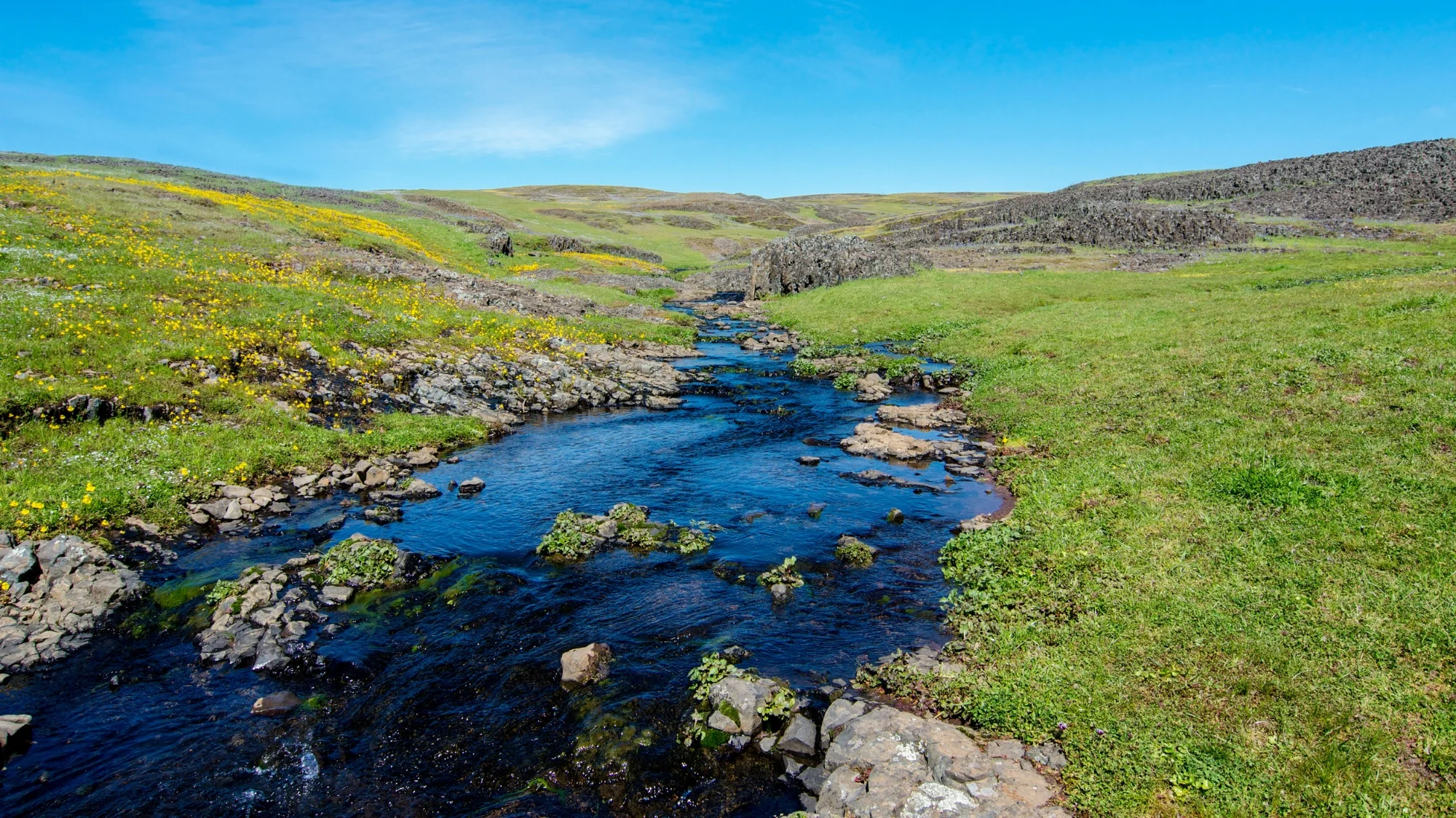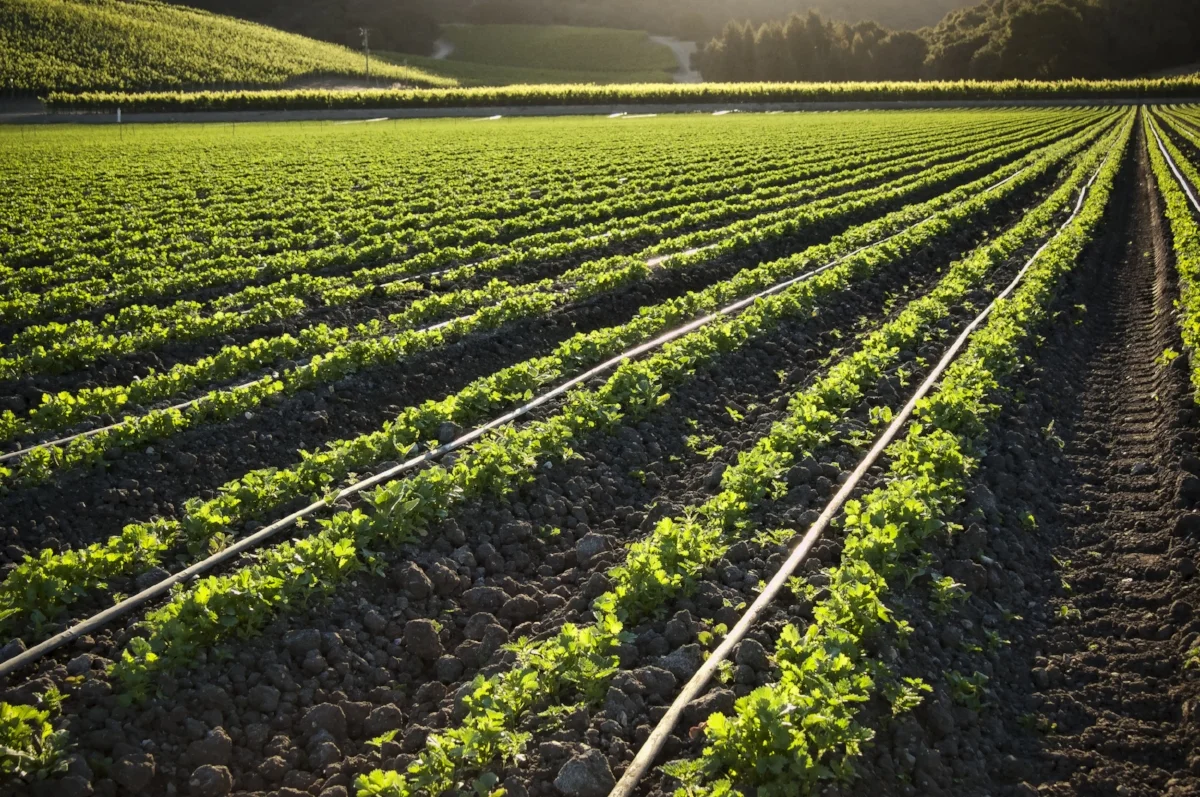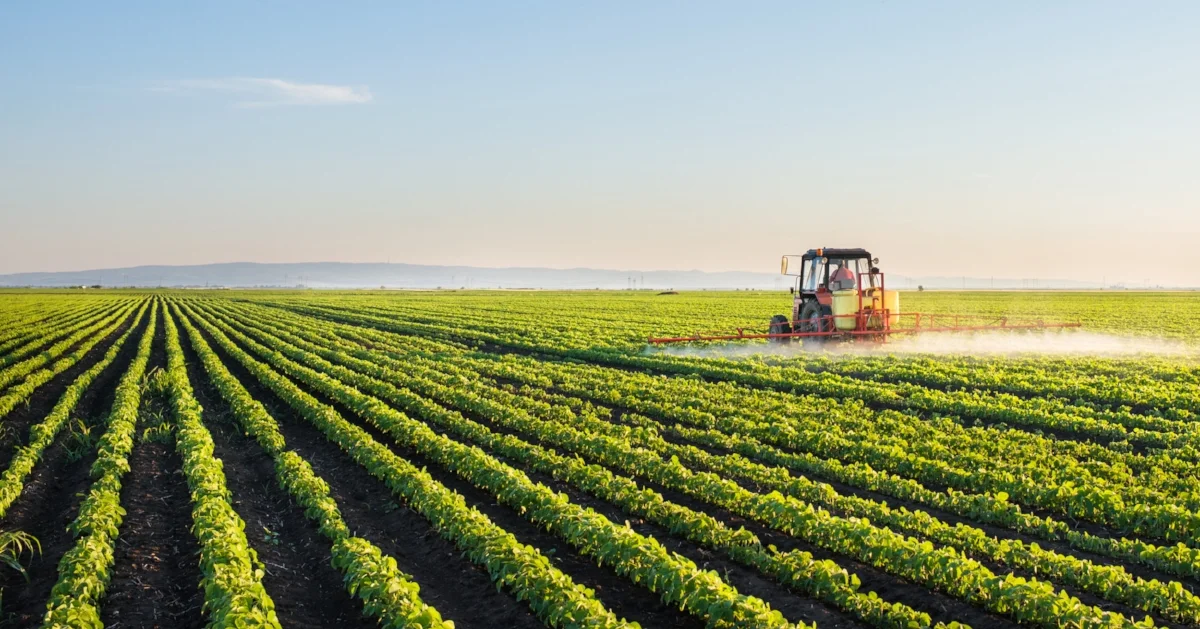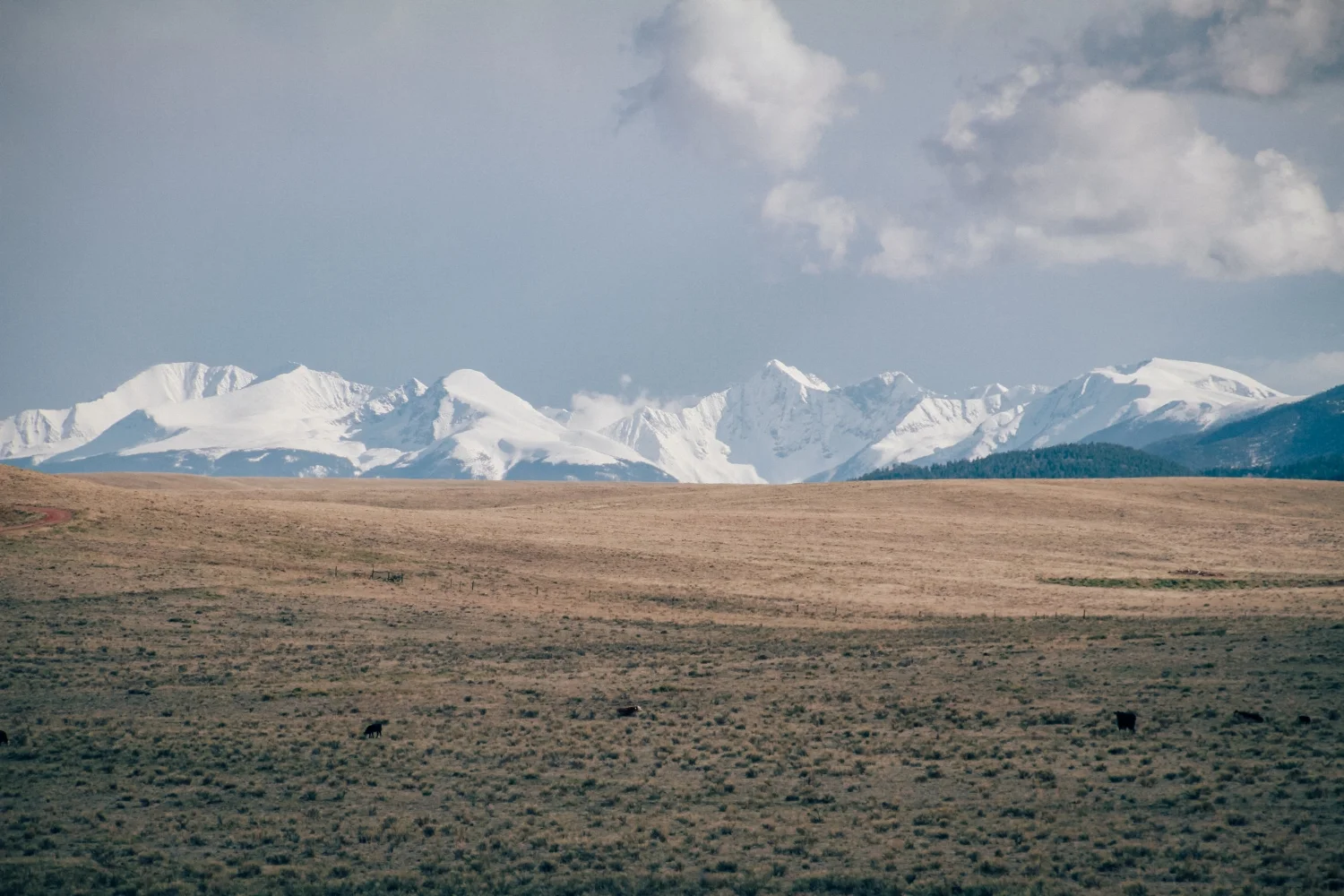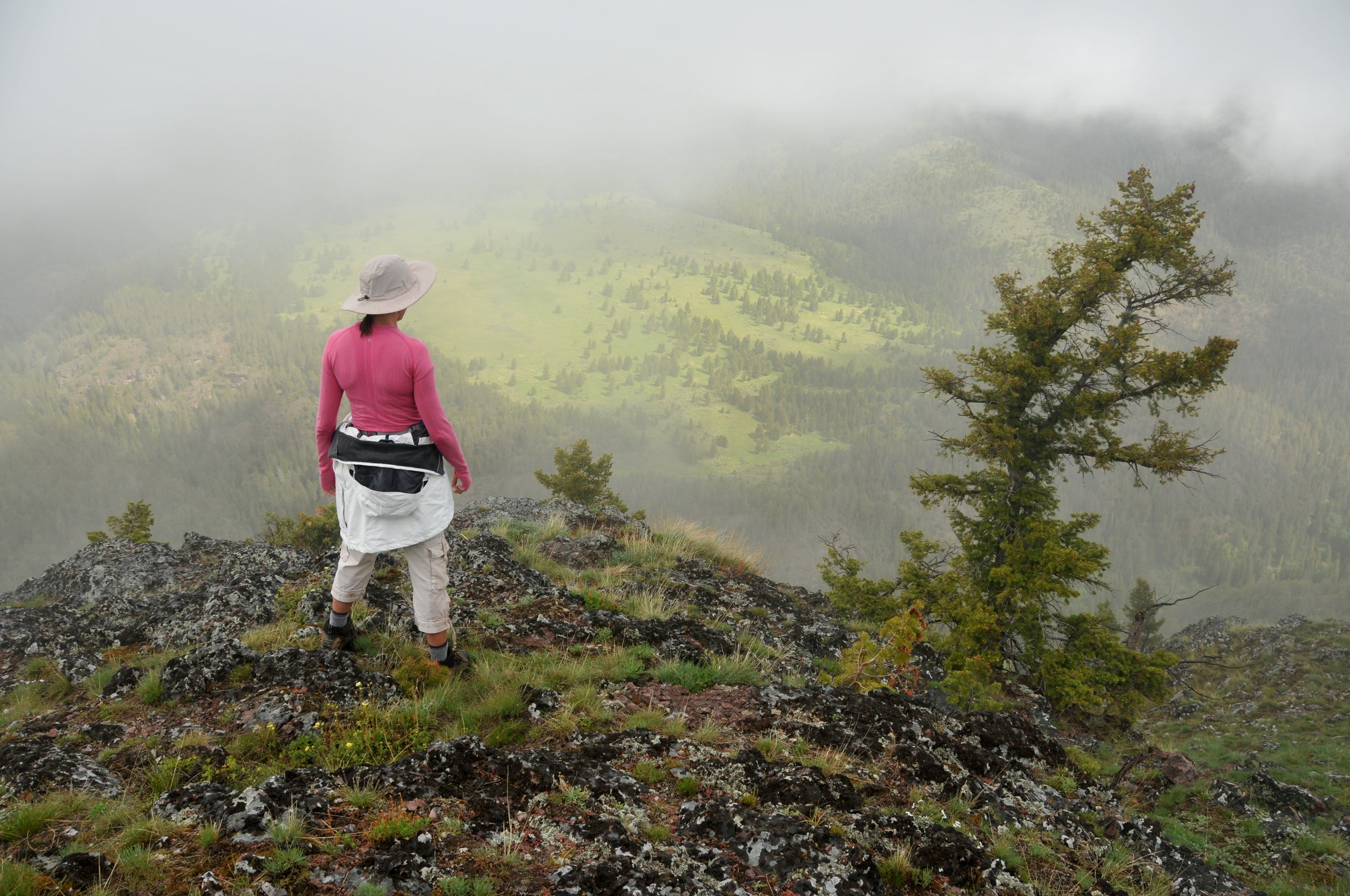Each year the USDA, through the National Agricultural Statistics Service (NASS), reports on agricultural land values. Generally speaking farm real estate average values per acre have stayed relatively stable in New Mexico, Colorado, Montana, and Wyoming from 2015 to 2019. Across the Mountain Region, values have risen 8% over five years in large part due to a significant rise in values in both Idaho and Utah.
2018 USDA NASS FARMLAND VALUES MOUNTAIN REGION
INTRODUCING OUR LAND SUCCESSION PLANNING SERIES
According to the United States Department of Agriculture census data, the average age of farmers and ranchers exceeded 58 years of age for the first time in 2012. Succession planning is one of the aspects of aging land operators and properties nearing transition.
BIGHORN MOUNTAIN FORESTRY PROJECTS
MT & WY PROGRAM DEADLINES FOR NRCS ACEP FUNDING
The USDA's Natural Resource Conservation Service (NRCS) is accepting applications under the Agricultural Conservation Easements Program (ACEP) for the Agricultural Land Easement (ALE) and the Wetland Reserve Easements (WRE) programs. The deadline for funding in Montana is March 1, 2018. The announced cut-off date for funding consideration in Wyoming is January 26, 2018.
PILOT SYSTEM WATER CONSERVATION SYSTEM RFP OUT
The Upper Colorado River Commission (UCRC) has issued a Request for Proposals to invite users of the Colorado River System water in Colorado, New Mexico, Utah, and Wyoming to submit proposals for Pilot Program water conservation projects. Projects are meant to test methods for saving water that could be part of a drought contingency plan in the Upper Basin of the Colorado River.
SHIPPING DAY AT LONETREE LAND AND LIVESTOCK
2017 FARM LAND VALUES ACROSS THE INTERMOUNTAIN WEST
Nationwide, farm real estate values average $3,080 per acre in 2017, up $70 an acre or 2.3 % from 2016. The Mountain region has the lowest farm real estate value at $1,130 per acre. The value of cropland in the same region increased 1.1% year-over-year to $1,780 and pasture land values rose 1.3% to $625 per acre in 2017.
PROJECTS FUNDED BY 2017 CONSERVATION INNOVATION GRANTS
The USDA NRCS has awarded more than $22.6 million to drive innovation in conservation this year. Nationwide in 2017, 33 projects are receiving funding through the Conservation Innovation Grant program. There were a handful of innovative programs funded that are geared to the American West including several conservation finance projects.
JUNE DEADLINES FOR TWO WYOMING FUNDING PROGRAMS
The deadlines for local conservation districts and landowners to apply for funds under the Water Quality Grant Program (WQGP) and the Rangeland Health Assessments Program (RHAP), both Wyoming Department of Agriculture funding programs, are coming up in early June. Both programs require projects to have a 30% match, which can be cash or in-kind, and can also be federal funds such as 319 grand funds.
ADDITIONAL REVENUE STREAM FOR RANCHERS
National agriculture industry consulting and CPA firm K-Coe Isom recently announced a new program aimed to help ranchers generate revenue from conservation projects while simultaneously reducing the rancher’s inherent risk of testing and implementing such projects. Funded by the USDA Natural Resource Conservation Service (NRCS), the program is specific to ranchers whose property is located in priority sage grouse habitat or crucial mule deer winter range or designated mule deer migration corridors within Montana, Colorado, Wyoming, Idaho, Utah, Nevada, or California.
RANGELAND MANAGEMENT STRATEGIES
Data from rangeland studies in both Oregon and New Mexico supports grazing as a strategy to promote ecological resiliency. Grazing can be used to manage and promote perennial grasses. In a study focusing on The Great Basin area, researchers found that the fuel moisture of un-grazed rangeland was 21% whereas the same fuel moisture of properly grazed rangeland was over double that at 46%.
IN THE FIELD
We are so excited about our work that we just can't keep it to ourselves. Soon we will be featuring #inthefield photo posts revealing glimpses of the projects we are contributing to and featuring the inspiring places in which we work. Follow Topos & Anthros on Instagram to keep up with what we're doing #inthefield!






